In the early 2000s, the internet felt like a vast, untamed wilderness. Users navigated it with rudimentary search engines, typing keywords and sifting through endless blue links. Fast forward to 2025, and we stand at the brink of a radically different experience—one where AI is not just a tool but a collaborator. Browsing is transforming from a mechanical task into a fluid, intelligent dialogue.
This blog traces the journey from traditional web searches to the conversational, multimodal, and personalized AI-assisted browsing that defines our current digital experience. It also explores what this means for the future of internet usage, knowledge consumption, and the relationship between humans and machines.
The Keyword Era: Origins of Web Navigation
In the early 1990s and 2000s, search engines like Yahoo!, AltaVista, and later Google, dominated the browsing experience. Their core function was simple:
- Crawl and index the web
- Rank pages based on relevance to keywords
- Present users with ranked lists of hyperlinks
Limitations:
- Required keyword precision
- Context was largely ignored
- Results were link-based, requiring manual review
Despite these constraints, Google’s PageRank algorithm brought order to chaos. For nearly two decades, the search box remained the gateway to the web.
Web 2.0 and the Rise of Content Platforms
As blogs, social media, and video platforms emerged, search engines evolved to index more dynamic and diverse content. Google introduced Universal Search to surface images, news, and videos. Browsing became more multimedia-oriented.
Key Shifts:
- Mobile browsing took over desktops
- Voice search emerged with Siri and Google Assistant
- Personalization improved via search history and geolocation
Yet even with smarter indexing, search engines still depended on users formulating questions—and reviewing multiple results.
Enter AI: The Conversational Revolution
The turning point came with large language models (LLMs) like GPT-3, GPT-4, Claude, and Gemini. These systems understood context, nuance, and even intent.
AI-first interfaces changed the game:
- Instead of typing “best Italian restaurants near me,” users ask: “Where should I go for a romantic Italian dinner tonight in South Delhi?”
- The system replies with recommendations, reasons, and directions.
This is no longer “search.” It’s a dialogue.
AI Browsers and Assistants: The New Internet Gatekeepers
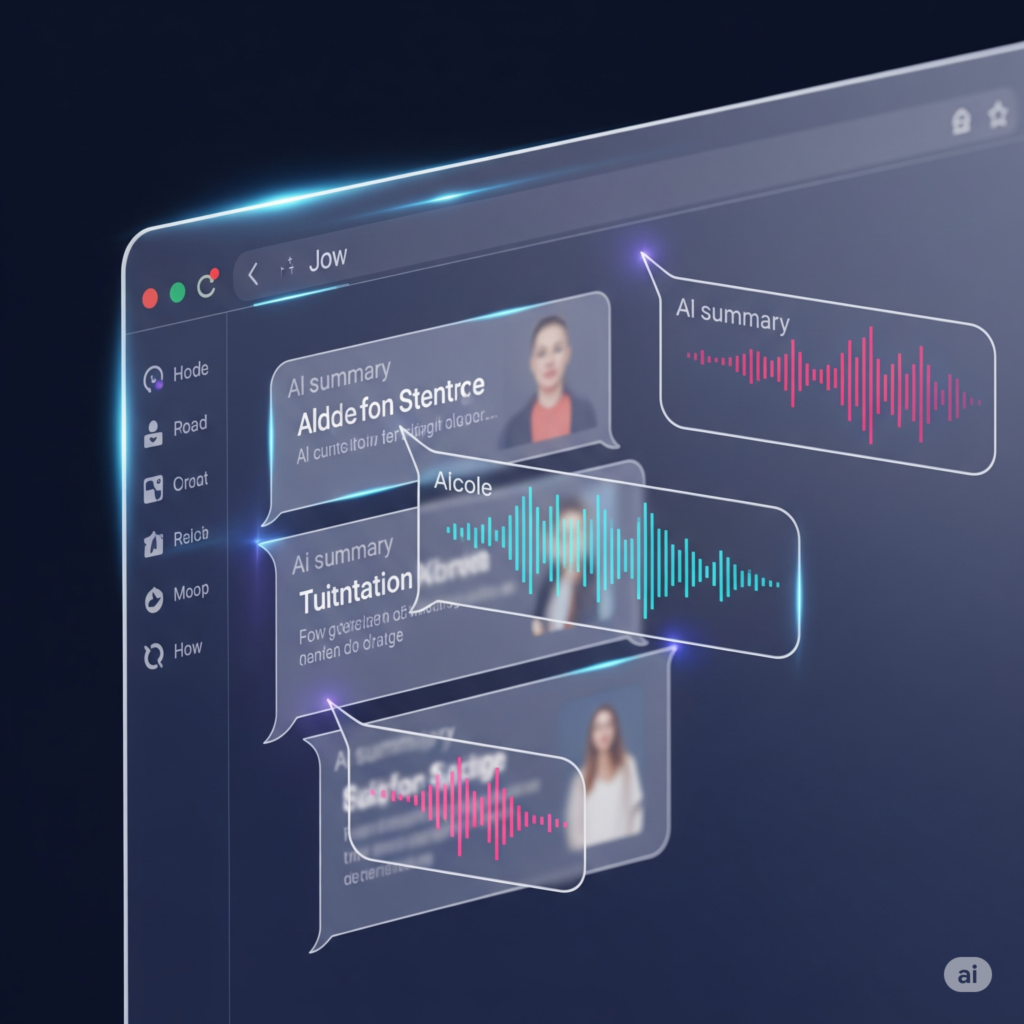
In 2025, we now have:
1. ChatGPT with Browsing Mode
- Uses GPT-4o to read and summarize websites
- Can process real-time news, product listings, and academic papers
2. Perplexity’s Comet
- AI-native browser
- Summarizes content with citations
- Responds to follow-up questions, remembers context
3. OpenAI’s Aura (Chromium-based, in development)
- Voice-first interface
- Deep ChatGPT integration
- Possibly supports multimodal browsing (images, PDFs, videos)
These tools remove friction. No more clicking through five articles to find an answer. The AI reads them for you, compares, and responds like a knowledgeable assistant.
How Browsing Has Changed Fundamentally
| Feature | Search Engines | AI Browsers |
|---|---|---|
| Input | Keywords | Natural Language |
| Output | List of Links | Summarized Answers |
| Context | Minimal | Retained and Understood |
| Interaction | One-time Query | Ongoing Conversation |
| Speed | Manual Discovery | Instant Synthesis |
This isn’t just convenience—it redefines digital literacy and access to knowledge.
Benefits of AI-Powered Browsing
- Time-saving: Skip multiple tabs and long articles.
- Accessibility: Great for users with limited literacy, disabilities, or non-English speakers.
- Customization: Browsers can learn user preferences over time.
- Source Transparency: Tools like Comet cite sources and show reading paths.
- Multimodal: Future models will summarize charts, decode medical images, or translate menus visually.
Risks and Considerations
- Bias and Hallucination: LLMs sometimes generate inaccurate info.
- Privacy: AI needs access to your browsing history and habits.
- Echo Chambers: Personalized AI may reinforce pre-existing beliefs.
- Publisher Tension: If AI summarizes content, who gets the traffic?
Ethical frameworks like OpenAI’s Secure AI Framework (SAIF) are attempting to address these risks.
India and the Global South: A Game-Changer
For countries like India, AI-first browsing isn’t just innovation—it’s inclusion:
- Multilingual Access: Tools like GPT-4o understand 50+ languages.
- Rural Internet Use: Voice-first interfaces simplify interactions for new users.
- Education: Students can ask questions in any language and get instant contextual answers.
In a country with over 600 million internet users, AI browsers could close the gap between digital haves and have-nots.
What the Future Holds: Browsing Becomes Agency
Imagine an AI browser that:
- Books flights after comparing prices
- Scans a recipe and adjusts it to your ingredients
- Flags phishing sites in real time
- Answers legal or medical questions with updated references
- Works offline with compressed local knowledge
We’re entering the age where the browser doesn’t just respond—it acts.
Final Thoughts
From static search bars to responsive AI assistants, browsing has come a long way. As OpenAI’s Aura, Perplexity’s Comet, and others reshape the digital interface, we must navigate the balance between efficiency, privacy, and control.
Browsing isn’t just about information anymore—it’s about intelligence, accessibility, and empowerment.
Are you ready to talk to your browser instead of typing?
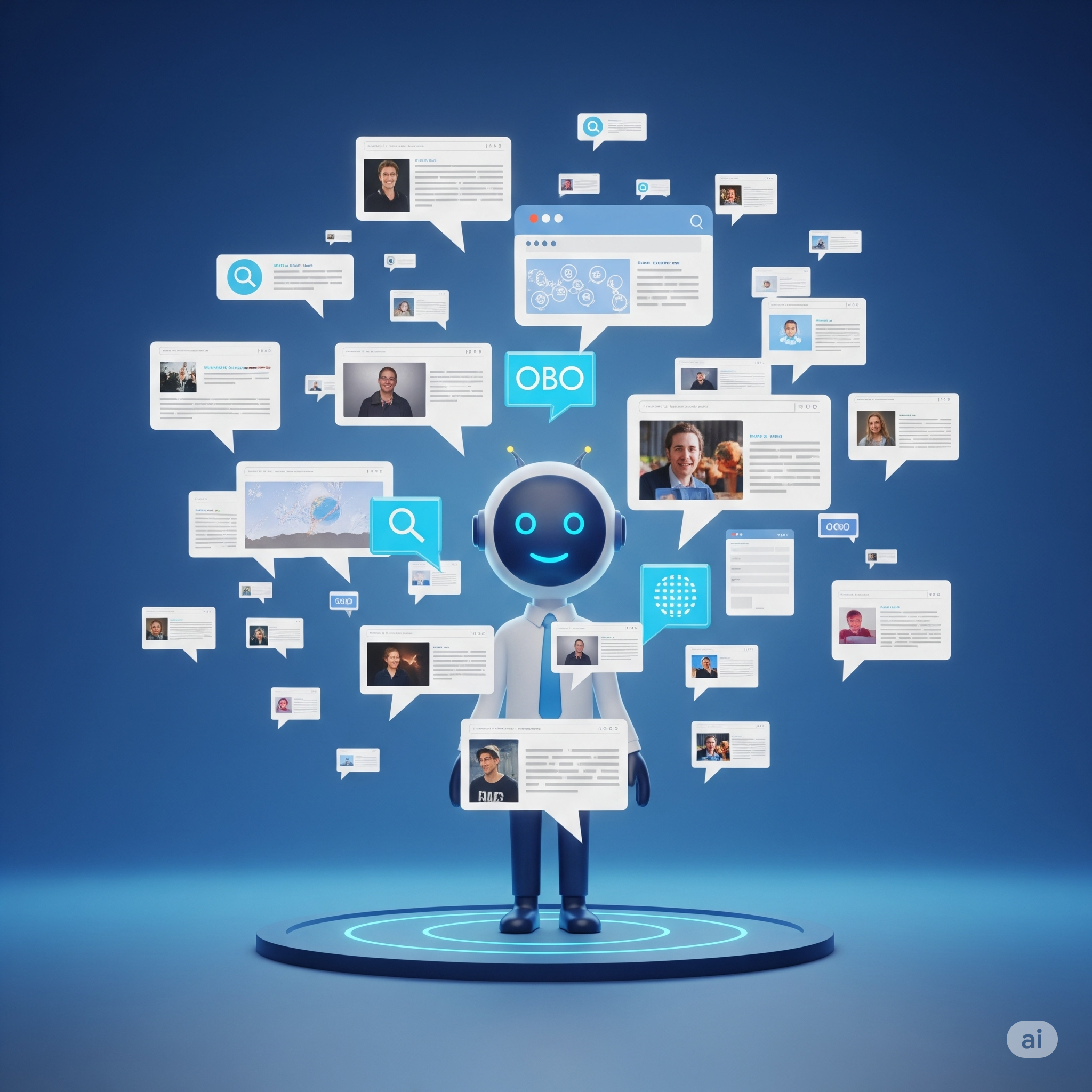

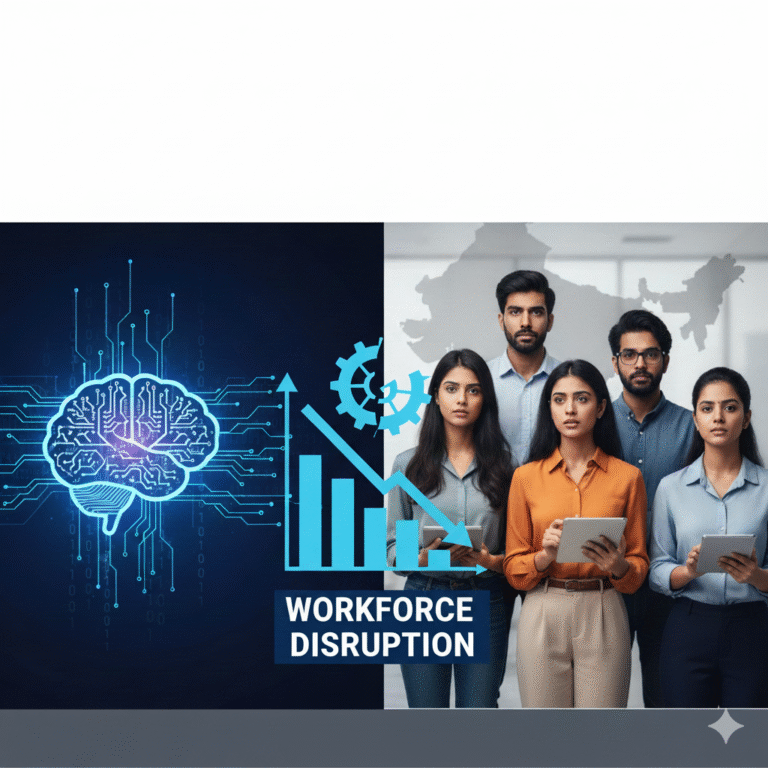
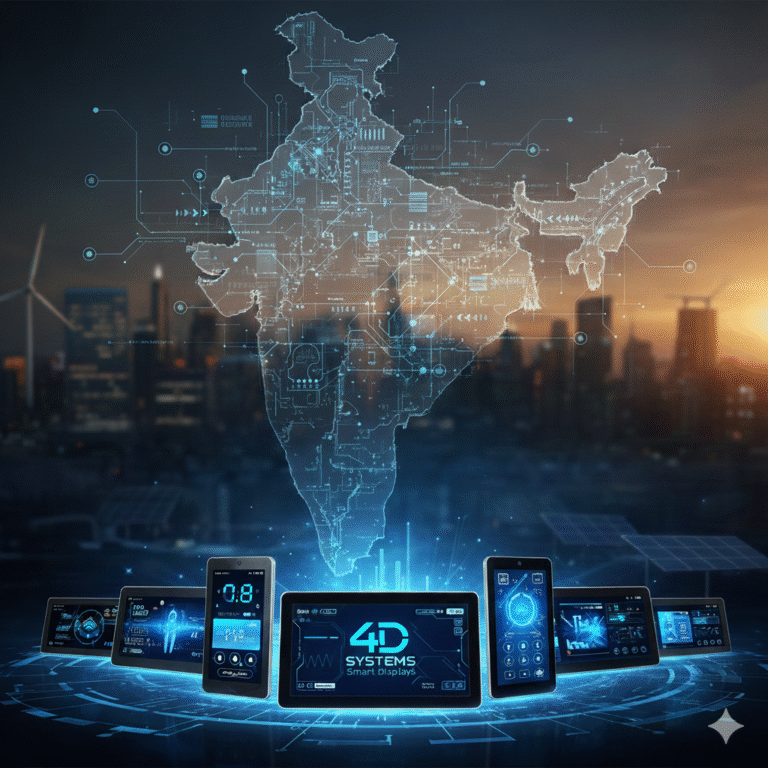
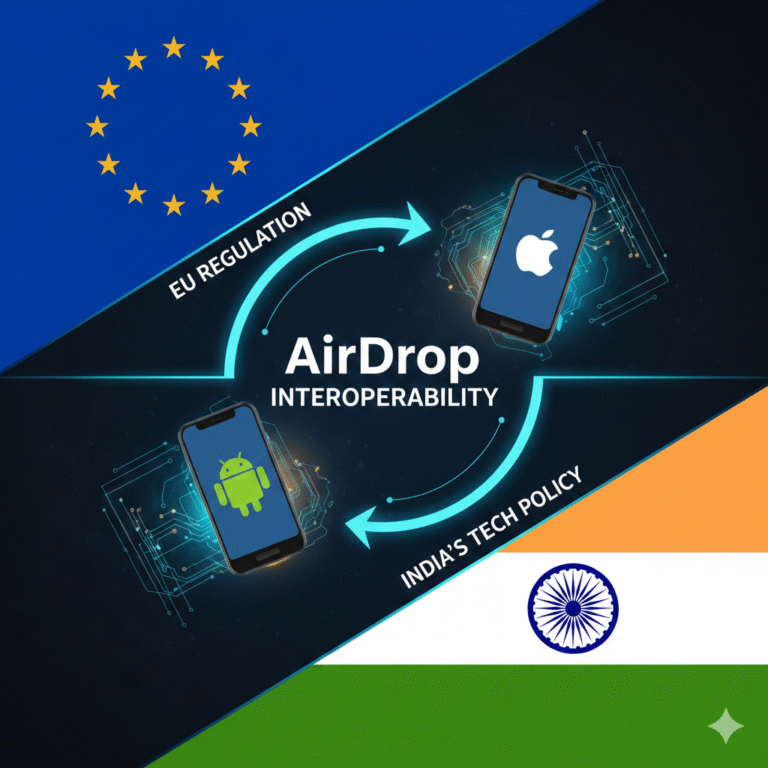
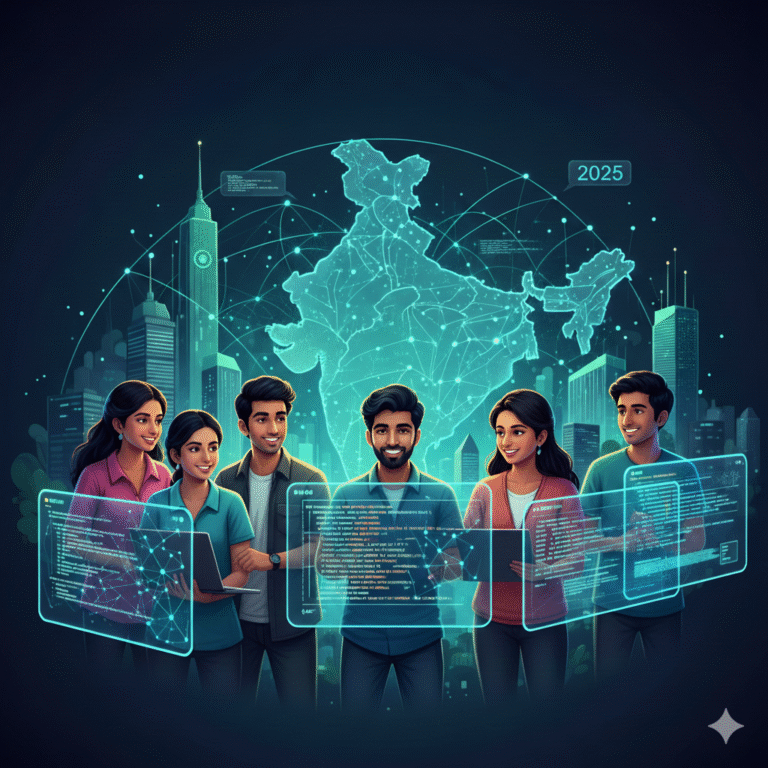
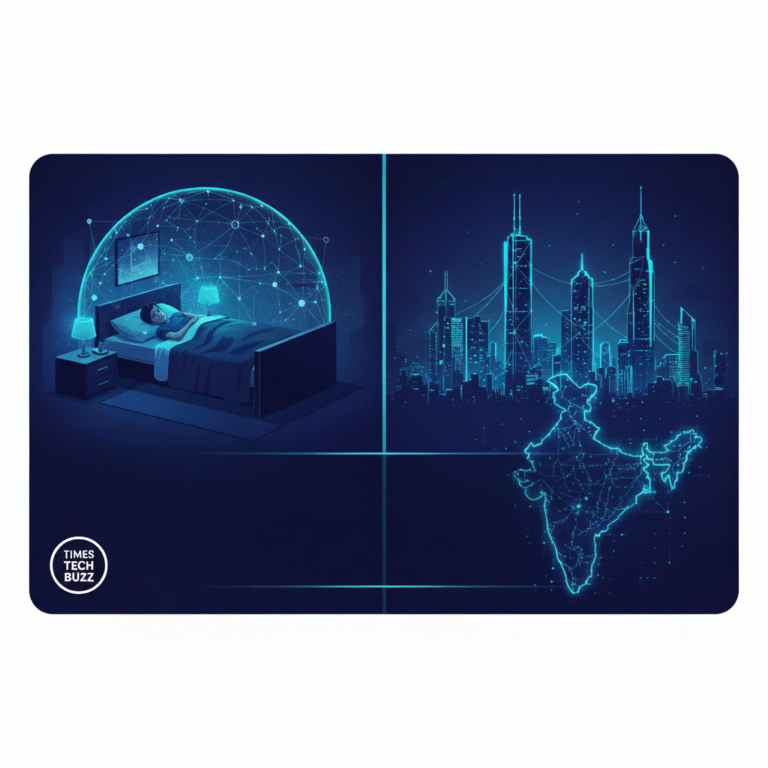
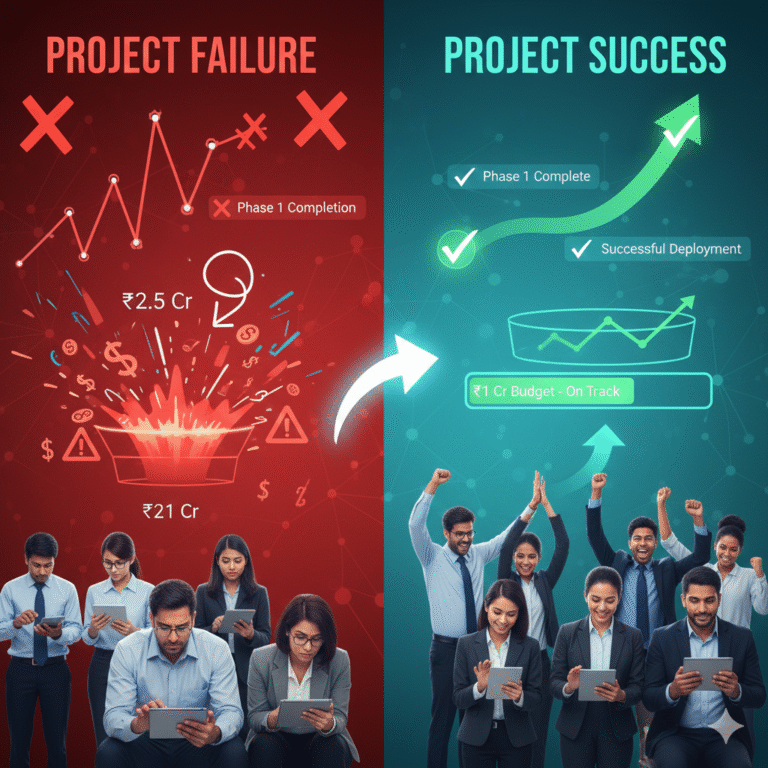
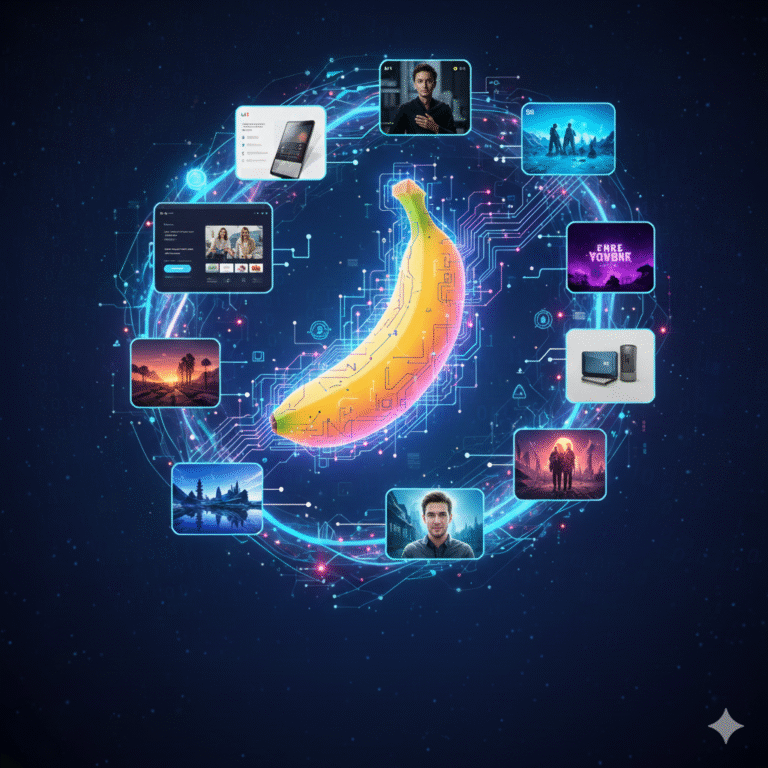
+ There are no comments
Add yours